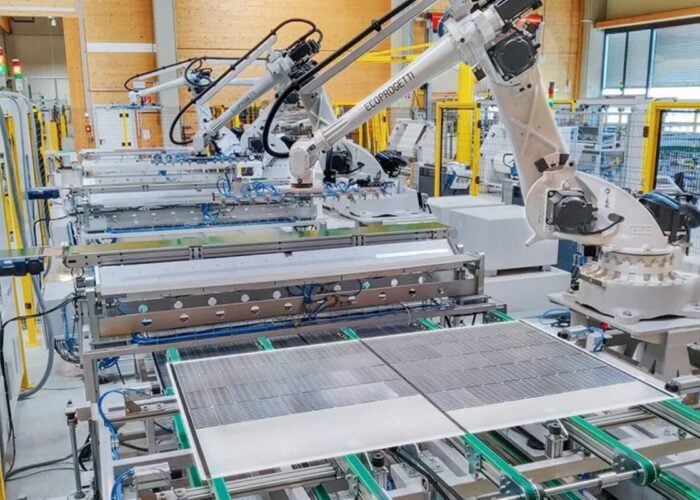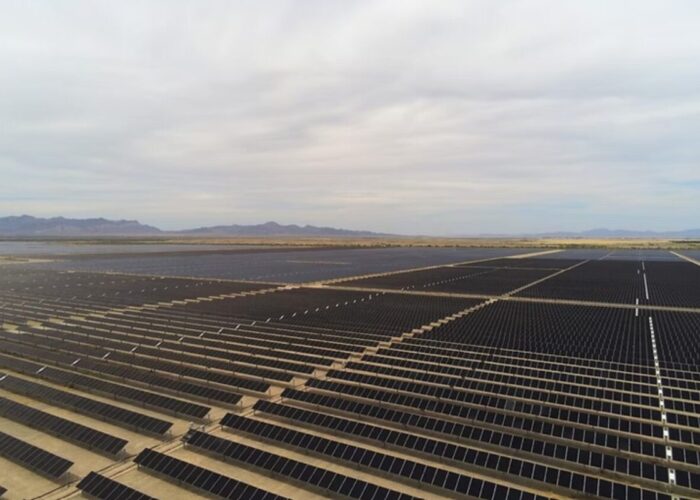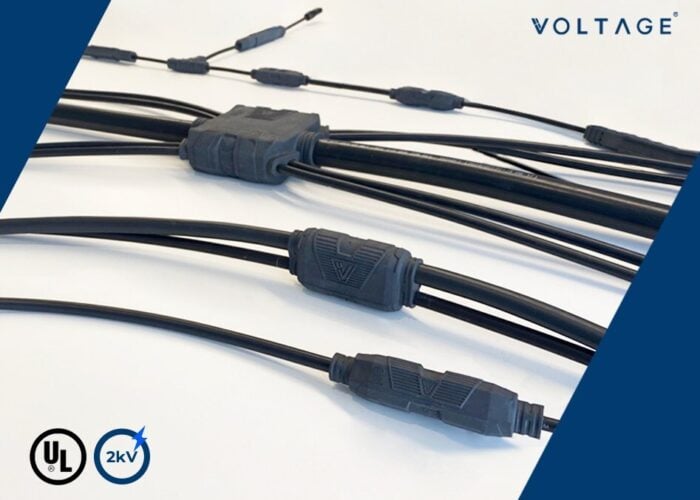However, IHS said that Chinese module suppliers were already increasing shipments to the US in advance of any new potential duties and that module ASPs would likely rise.
Try Premium for just $1
- Full premium access for the first month at only $1
- Converts to an annual rate after 30 days unless cancelled
- Cancel anytime during the trial period
Premium Benefits
- Expert industry analysis and interviews
- Digital access to PV Tech Power journal
- Exclusive event discounts
Or get the full Premium subscription right away
Or continue reading this article for free
IHS said that it estimated 57.8GW of production capacity (c-Si and thin film) was available globally, which included 11.2GW located outside of China and Taiwan and not covered under the present US imposed duties.
With 6.1GW of global thin-film capacity estimated to exist the supply of tariff-free PV modules would amount to 17.3GW, according to IHS.
PV demand in the US for 2014 is forecasted by the firm to be around 6.5GW, easily met from other countries and companies, noted IHS.
“While 2014 US solar installations shouldn’t be severely impacted even if broader penalties were to be assessed against Taiwanese – and effectively, also Chinese – PV suppliers, antidumping duties imposed on such a significant portion of supply will have a noticeable effect on the US solar market,” said Wade Shafer, senior analyst for solar demand at IHS.
The key impact would be higher prices not least from dominant Chinese suppliers but alternative manufacturers have higher manufacturing costs and smaller capacities.
IHS noted that the lowest module prices (Chinese modules with Taiwan cells) were currently in the range of US$0.62 to US$0.65 per watt. Non-Chinese suppliers prices were said to be higher than US$0.70.
According to the market research firm, PV module prices could rise to somewhere between US$0.75 and US$0.80.
“To maintain their market share in this region, the Chinese may have to pass on a portion of their margin to customers and also offer better financing conditions in order to remain competitive, despite punitive tariffs,” said Stefan de Haan, associate director for the solar supply chain at IHS. “In the midterm, however, price increases appear unavoidable if antidumping duties are, in fact, implemented. And in view of the importance of the US market, Chinese companies are expected to ramp up manufacturing facilities in the North American Free Trade Agreement (NAFTA) zone, particularly in Mexico.”






